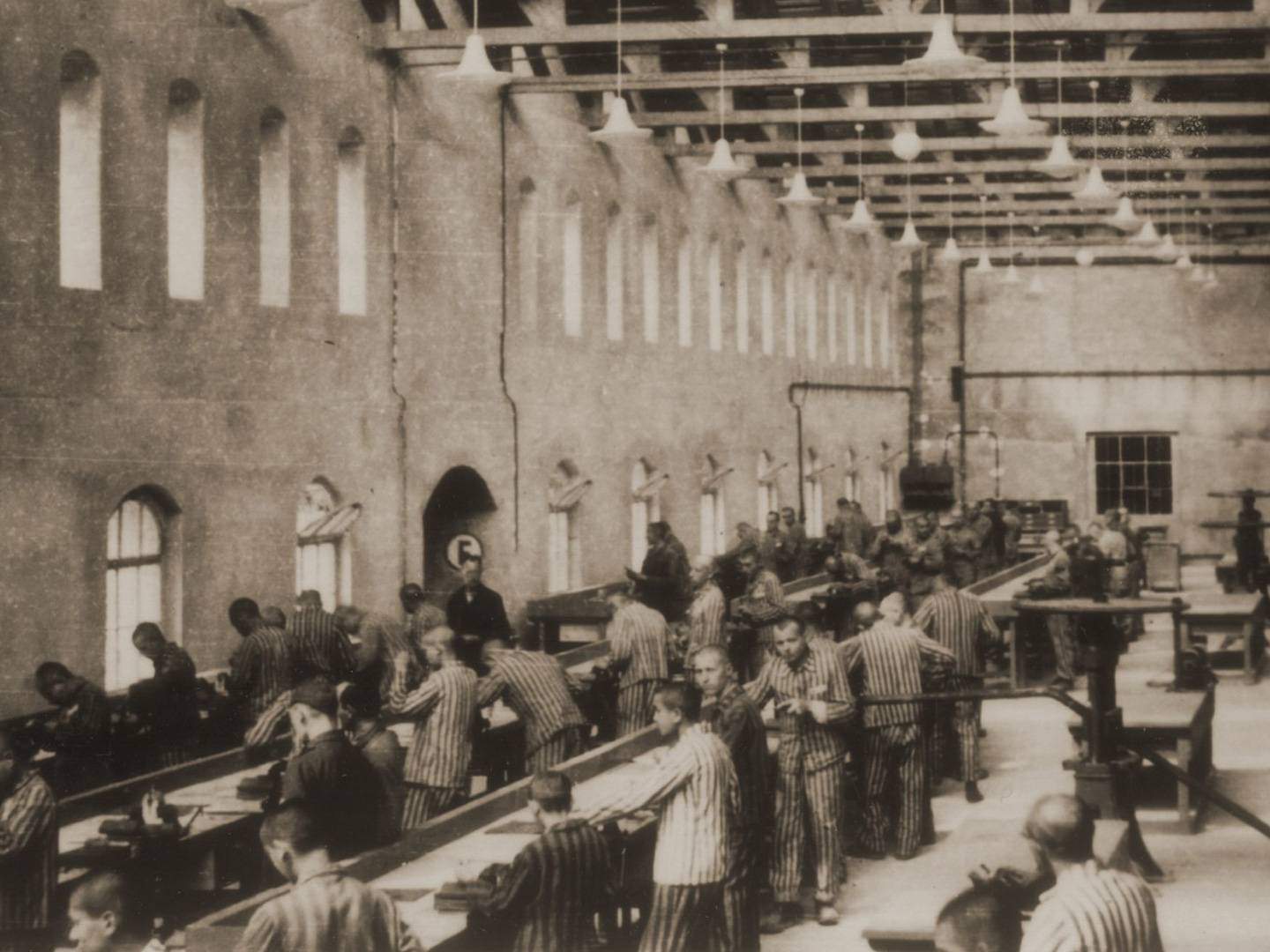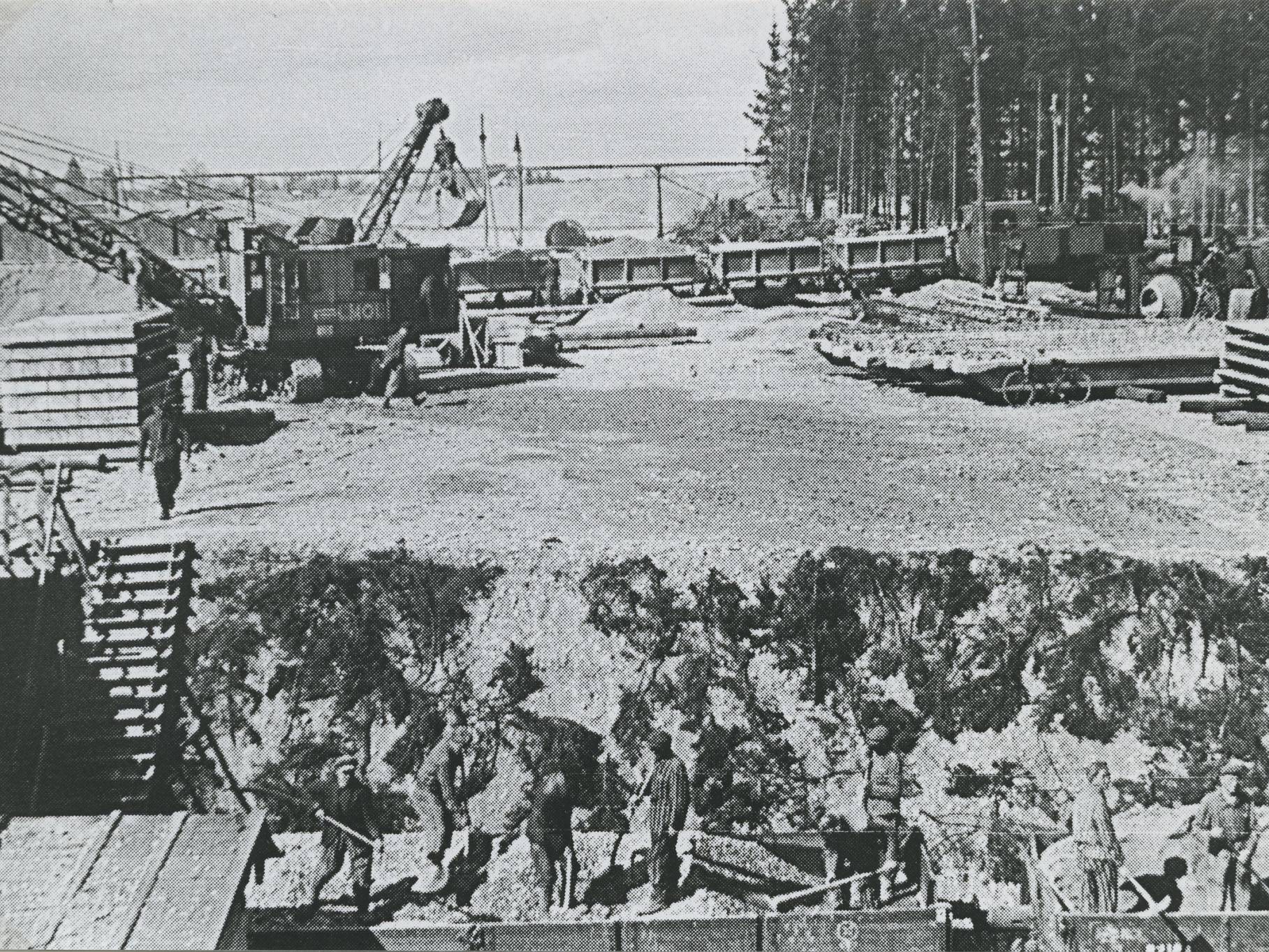Forced Labour
Right from the construction of Dachau concentration camp in March 1933 forced labour was a component of the National Socialist concentration camp system. However, by the end of the war the significance and function of the work had changed many times.
In the early phase forced labour in concentration camps was used predominantly as arbitrary victimisation. In the second half of the 1930’s concentration camp prisoners were increasingly used to maintain the operation of the camp.
You are currently viewing a placeholder content from Default. To access the actual content, click the button below. Please note that doing so will share data with third-party providers.
More InformationAs prisoner numbers increased from the start of the war in 1939 forced labour became more important. From then on the work of the prisoners for SS economic enterprises became more strictly coordinated.
As a consequence of the military setbacks for the Wehrmacht from the end of 1941 the economy switched its focus to the needs of a long drawn-out war. Concentration camp prisoners were used for strenuous, dangerous work in the armaments industry.
Because of the Allies’ supremacy in the air, from 1944 mass deployment of predominantly Jewish concentration camp prisoners was introduced to relocate the production bases underground. This was how the National Socialists planned the relocation of the entire military aircraft industry into semi-subterranean bunkers. Relocation work was also carried out in motor vehicle and train tunnels and galleries. The death of the prisoners on the gigantic construction sites was deliberately accepted as one of the costs of the project.



